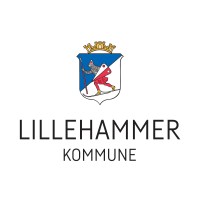
Lillehammer kommune
Lillehammer is located in the eastern part of Norway, 180 kilometers from Oslo. Distance from Oslo Airport Gardermoen 150 kilometres. Population is approx. 28.000. LIllehammer's total area is 477 km2. Lillehammer was founded in 1827. Commercial, administrative, culture and educational centre. Popular tourist destination - more than 800 000 visitors (guest-nights) every year. World famous for the Olympic Winter Games in 1994. Lillehammer offers 15.000 jobs, mainly within public and private services. The unemployment rate is approx 2,5%. Local Administration The Municipality of Lillehammer Serviceboks, 2626 Lillehammer Norway






